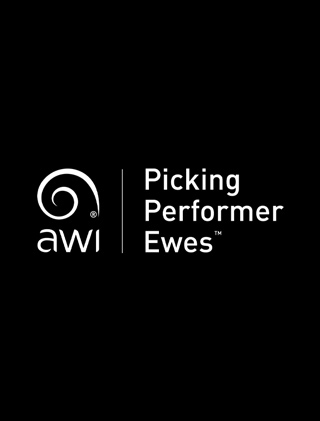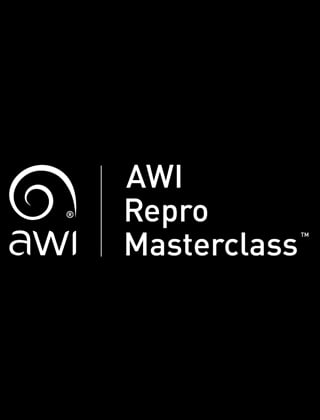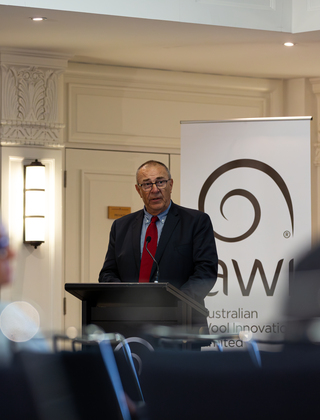AWI funding provides practical skills for wool’s next generation
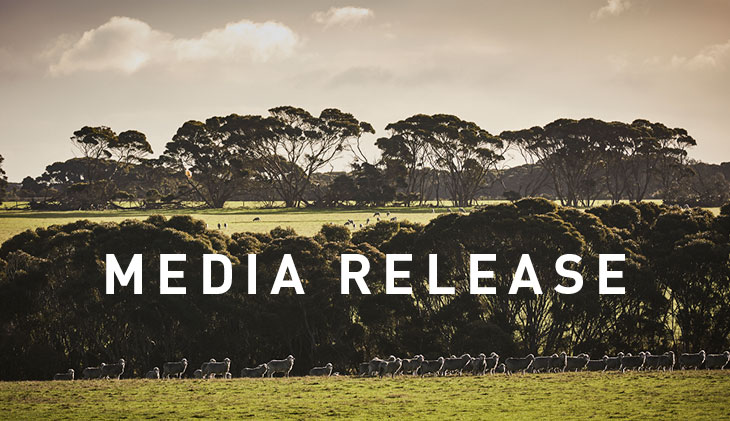
Australian Wool Innovation (AWI) this year continues to support a range of initiatives to encourage the younger generation into the wool industry and provide them with the practical, hands-on skills to thrive.
AWI CEO, John Roberts says the encouragement and support of the next generation of wool industry workforce participants is crucial to the prosperity of the Australian wool industry.
“It has always been important to attract young people into the wool industry, but it is especially critical right now due to the labour shortages across the whole country that are affecting many industries,” Mr Roberts said.
“While shearer and wool handler training is a priority for AWI, we are also working to attract new workers into the broader wool industry through a range of education initiatives held across the country. Our industry’s potential workforce often have many other alternative career options open to them so we must make learning opportunities as available as possible to attract and retain them.
“AWI’s programs in this area aim to help improve the engagement and motivation of young people, thereby developing and retaining skills the wool industry needs to be innovative in response to new challenges.”
Existing and future wool industry workers have the opportunity for hands-on, practical skills through a range of AWI programs and initiatives that encourage and motivate as well as educate. Below are an example of some initiatives that receive funding from AWI:
School Merino Wether Challenges are this year being held in all six states across the country with their aim to educate high school students about the commercial production of Merino sheep. Hundreds of students gain a broad range of practical, hands-on sheep and wool production skills by looking after teams of Merino wethers over a period of about six months. Each school team then shows their wethers during a competition later in the year and are judged according to their meat and wool quality.
More than 120 students from across Australia attended the SA Sheep Expo in April at the Adelaide Showground, during which the students developed a better understanding of the sheep and wool industry and the opportunities it offers them. Established in 2016, the three-day SA Sheep Expo is an educational initiative for young sheep enthusiasts aged 12 to 23 years. AWI is a Foundation Sponsor of the event and has supported it in each of the seven years it has been held.
Now in its twelfth year, the Peter Westblade Scholarship delivers practical, hands-on training and mentoring to young people pursuing a career in the sheep and wool industry. A key element of the program is the running of an annual training weekend to improve the participants’ skill sets and build their industry networks. This year, the event was held in February at T.A. Field Estates’ Wyvern Station property at Carrathool, NSW, and was attended by 30 keen youngsters aged 18 to 30.
Since its launch ten years ago, the Hay Inc Rural Education Program in the Hay district of NSW has provided nearly 150 young people aged 18 to 25 years from across Australia with hands-on agricultural skills and experience. The program was launched in 2014 with support from AWI in response to concerns about the decline in the traditional jackaroo/jillaroo system and the associated lack of stockmanship and other essential rural skills being handed down to the younger generation.
The State and National Merino Fleece and Merino Sheep Young Judges Championships support young people within the wool industry to further their skills through visual selection and appraisal of Merino wool and sheep. The Championships are for people aged between 15 and 25 and are helping to train the next generation of young judges and livestock breeders. Participants also get a chance to strengthen career opportunities through networking with colleagues and key industry stakeholders.
AWI has also published a free 98-page ‘Your Future in Wool’ guide to careers in the wool industry to encourage more youngsters to consider a career in the wool industry. The publication showcases the diverse range of roles within the wool industry: from farmhand to wool classer, AI technician to veterinarian, extension officer to livestock agent. The guide also includes a range of useful websites and handy decision-making tools to help students on their journey in the wool industry.
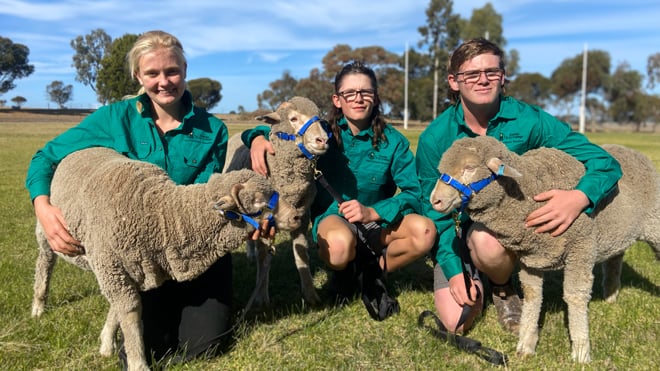
Some of the students at Goroke P-12 College in Victoria who are taking part in this year’s School Merino Wether Challenge.
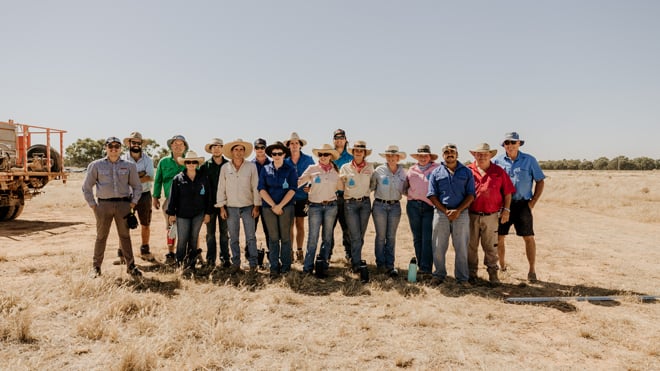
Participants on this year’s Hay Inc Rural Education Program. Photo credit: Mads Porter Photography
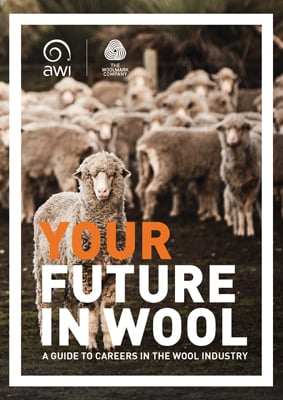
The ’Your Future in Wool’ guide to careers in the wool industry is available for free to download from the AWI website at https://info.wool.com/careers-booklet






